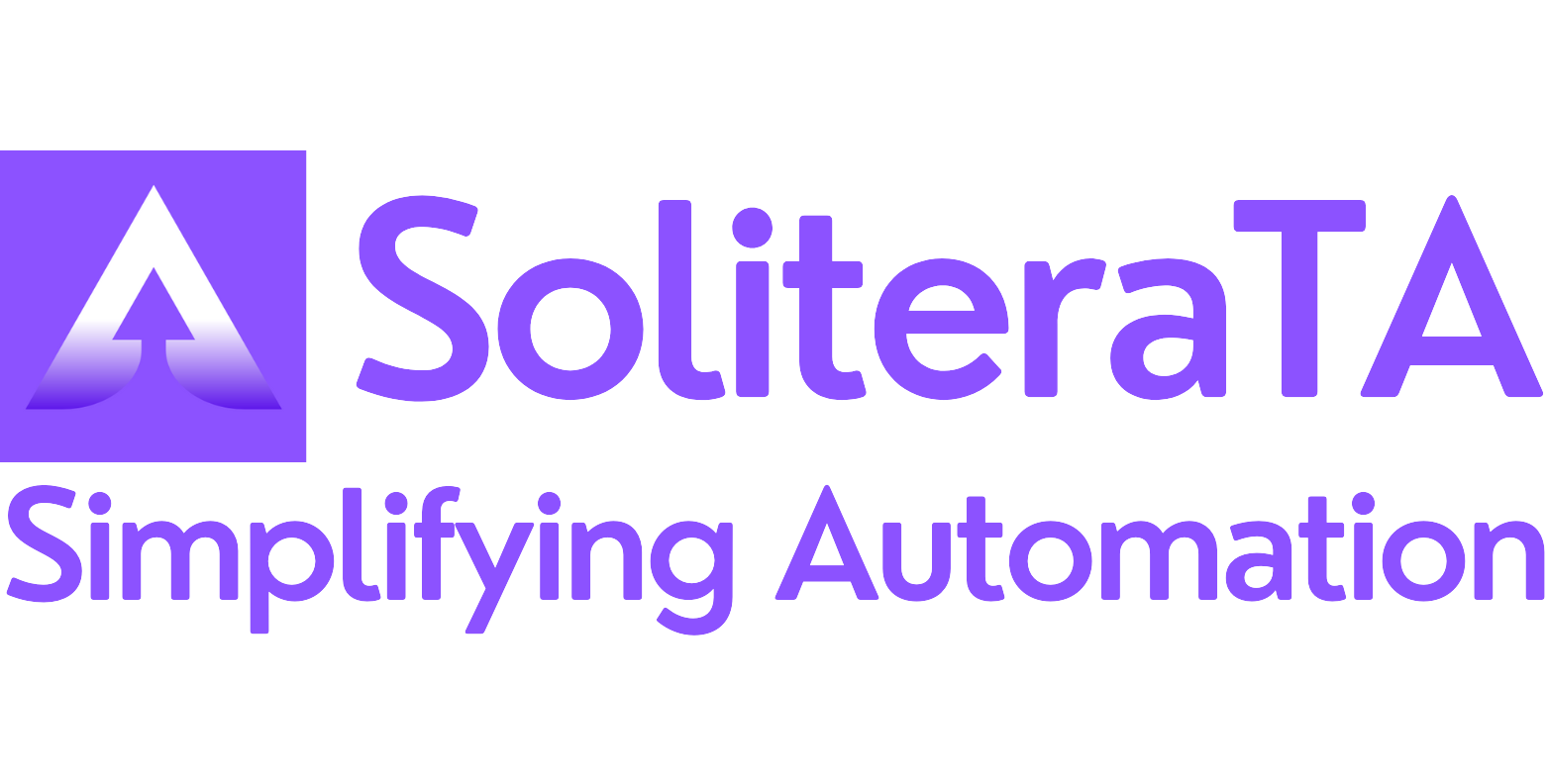if desktop element {string} is found then click on it else do nothing
Desktop step-Definition if desktop element {string} is found then click on it else do nothing Keyword Given, When, And, Then Description check for the first element, if first element is found then do nothing. Declaration Code Element Application Test Data Then if desktop element “BlankWorkbook” is found then click on it else do nothing BlankWorkbook NAME Blank workbook NILL NILL Remarks NILL Restriction Ensure that “element_name” is a valid and unique identifier for the element you want to click on. Make sure the element is visible and clickable before attempting the click action. Table of contents Keyword Description Declaration Remarks Restriction
if desktop element {string} is found then click on it else do nothing Read More »
